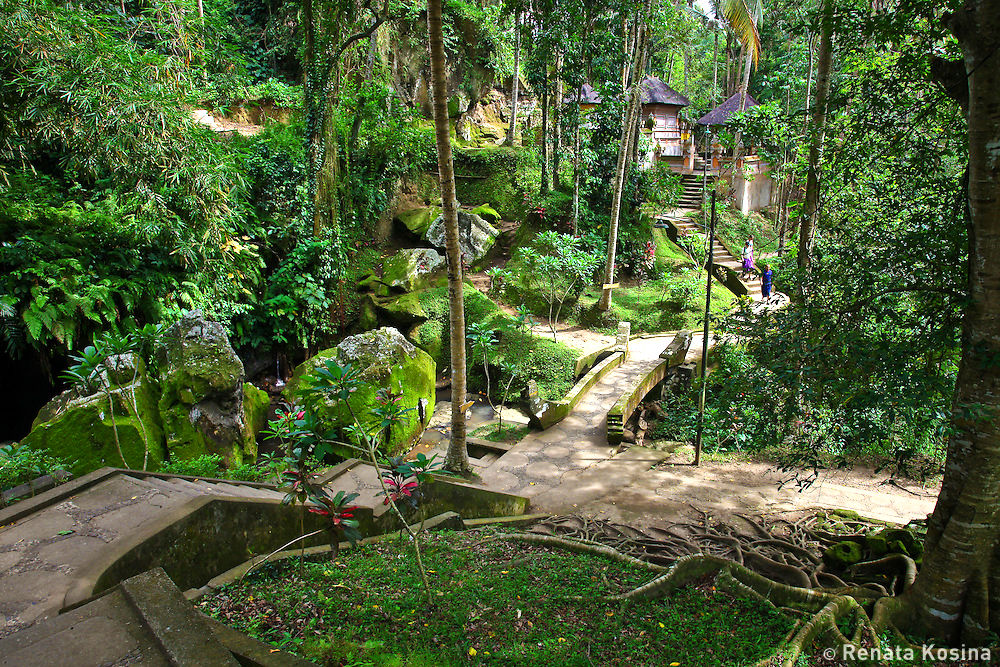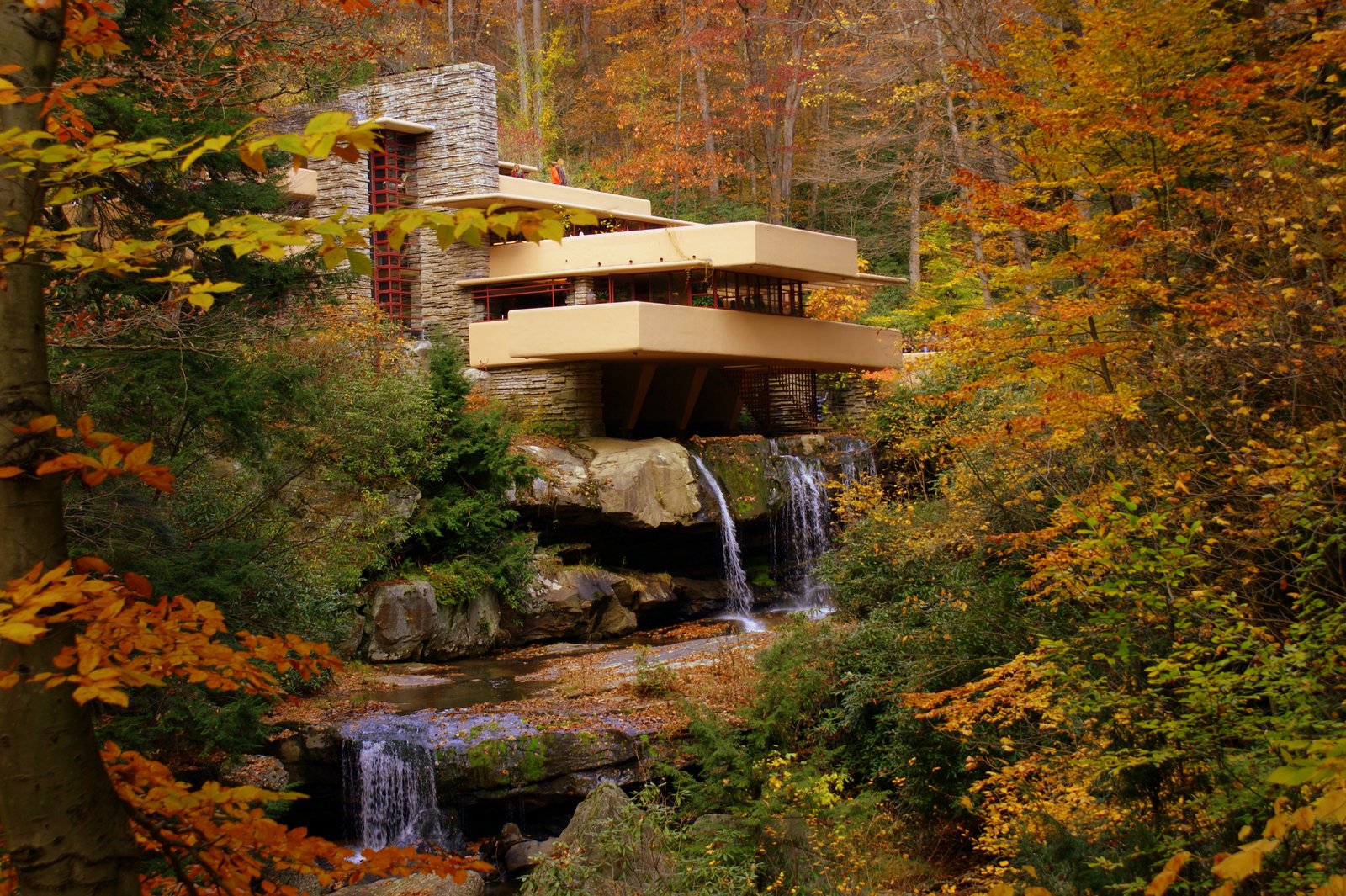
What is it about Bali? The island lay enshrined in old stone, moss and ancient bones of a deeply connected culture. Pathways curve through the forest with intent and design, caressing the wide hips of nature. I quickly noticed that cars were kept away from most residential spaces. People walked. And, wow! What they got to walk through was gorgeous! Cobblestone paths kissed the essence of the jungle, deeply embracing its ecology. Walking through these spaces truly felt invigorating! To residents, strolling to and from their homes was a way of life and it showed in how relaxed they were. They still drove cars and had roadways, but they parked their vehicles along perimeters and walked the last several hundred yards or so to their houses.
Coming back to America, I quickly noticed how little we actually use our legs. Our cars are so very paramount to most every aspect of our communities
The sad part is that our hearts are missing out in this strange modern reality. Realize that walking 30 minutes a day adds several healthy years to one’s life — walk an average of two miles a day and happy little hearts have half the chance of hospitalization due to obstructive pulmonary disease Respirology February 2, 2014.
The health benefits of being on one’s feet is hardly news to most people. We know, as study after study shows, that sedentary lifestyles are killing us. But, even with all this knowledge, we still have rising obesity rates and heart disease. For most in America, leaving the house means going directly to the car. Sure, we can drive to the gym to go walk/run on the treadmill, but why not get our exercise in a more interesting and much more natural way?
An inflection point is about to happen that is about to shift community fundamentals. The entire transportation infrastructure is on the eve of a massive revolution with game changing new technologies, especially self driving cars. And that upheaval will provide ample opportunity to rethink our architecture and community designs, the very way we live. Even the way we get our exercise.
Imagine several city blocks where there are no roads or parking lots on the interior — where cars are entirely absent.
Imagine a place where the land is allowed to flourish with ecology, gorgeous architecture and curves of its natural environment. Beautiful pathways weave beside the river, loop around organic architecture and run along gardens. The space is vibrant with vegetation and food production, in line with the local climate.
There is no driving — walking is a way of life in these communities and is encouraged by design. But even walkable neighborhoods need mechanized transport on occasion and for supplies. For these times, small electromagnetic mono rails are installed, curving along the lay of the land. Atop these rails small car/pods travel. They are mostly glass for incredible viewing while inside. One can stand or sit as desired. Larger ones carry cargo, such as lumber for your kid’s backyard tree house. All are automated and beckoned as needed. The total footprint of the rail is about 10% of a typical neighborhood road, and from a short distance would be virtually unnoticeable with plants growing alongside it.
These rails curve around gorgeous architecture.

And the buildings are no longer confined by parking lots and rectangular street grids. Homes and offices are unshackled from the square boxes of today’s structures, as there is no need of conforming to parking spaces and swaths of asphalt. They mimic the curves of the land, caress lush vegetation and blend much more naturally with the surroundings. Check out Organic Architecture by Frank Lloyd Wright and others. Wikipedia Article
The old and the new of architecture join — solidness of rock combine with the modernity of large swaths of glass for an incredibly earthy yet expansive and open feel.
The reason for such a shift in community design is for a healthier lifestyle.
Not only to benefit our physical health, but the shift is also for the mind and the creative spark in our work and play.
John Ratey writes about how exercise stimulates and nourishes the mind in his book, “Spark: The revolutionary New Science of Exercise and the Brain”. He discusses how sustained aerobic exercise, for many test group participants, outperforms SSRI (or commonly known as Zoloft - the anti depressant drug). Ratey also correlates movement (walking etc) with sharper mental focus.
The roadless spaces cater to collaborative creativity, encouraging groups to walk and brainstorm through solutions. For working folks, groups can enjoy a good day and leave the building for a while, for they have plenty of outside areas to continue productive meetings. These areas along the pathways may consist of simple standing tables underneath an overhang alongside the river. Or, funky stuff, like a completely retrofitted double decker bus with the top open for collaboration and the bottom for a juice bar. And just for kicks, the tires are replaced with pots growing sweet little bonsai trees.
What good are these spaces if we can’t maintain them?
Today’s residential and commercial areas are maintained with heavy equipment on big trucks and machinery. Municipalities purposely restrict ecological growth for lack of manual labor to maintain it. And trees are cut, hillsides leveled and water ways channeled so that we have better access with all these large vehicles.
But what if we don’t need the large equipment and extensive manual labor? Perhaps underground infrastructure is administered by small robotic augers and trenchers. Robotized bobcats handle excavation where needed. And four legged robots haul in supplies without requiring paths at all.
With the surge in AI, many maintenance chores are automated. Branches fallen into pathways are spotted and cleared out. Foliage is pruned as needed. Broken fences, paths etc are mostly fixed automatically. Municipalities can actually afford having such spaces because the manual overhead is minimized by AI and robotics.
As incredible as technology is, when used against the grain of nature, will just exhaust us.
It’s far easier to maintain architecture and landscapes where the design is in step with nature’s intrinsic cycles. This means leaving the leaves in the fall and allowing clover and dandelions to grow in lawns. Allowing for natural processes reduce overheads of herbicide, fertilizers and energy output.
And technology will never replace the passion of human hands. But it can assist us. Permaculturists work to create edible forest gardens in these walkable spaces, designing for both beauty and food. Focus is placed on hardy plants that, once established, mostly sustain themselves. Then, for assistance, small four legged robotics are sometimes deployed to harvest fruit, remove weeds and amend soils. AI detects deficiencies and plant diseases before they spread and alert gardeners to the area. Imagine having food and herbs, already harvested and ready, waiting along the path on your way home to cook dinner! That’s a much more relaxed and healthy lifestyle then fighting traffic to pick up artificially ripened veggies at the supermarket!
Moving to and from the space is easy.
In this neighborhood let’s say a family wants to make it to the farmer’s market on a Saturday morn. Mom beckons (via Siri) a self driving car to be waiting at the permitter of the area by 10am. That gives them time enough to walk along the fall colors in the brisk cool air, gaining exercise and, God forbid, maybe even run into their neighbors. If the space is one square mile and the family happens to live in the center, it would take an average of 10 minutes to reach the edge. If the weather doesn’t permit, there are always the rail pods. And bikes are available if that suites their fancy.
Once they get to the edge, they climb in the waiting car and it self drives to the nearest underground tunnel. Check out The Boring Company Website, a company Elon Musk is working on allowing for high speed underground travel. When the family emerge they will have traveled the 7 miles to the market in just a few minutes. Even accounting for the 10 minute walk, the travelers arrive quicker than they would have using a conventional car and roads.
They gather deliciously grown food, meet up with friends and get a little funky to some blue grass tunes. They don’t want to go home just yet. The mountains call for a good hike. They call for a SUV and this time auto pilot is turned off as they enjoy driving the winding mountain highways. Roads won’t be entirely gone! But many residential and commercial spaces will be thriving without them!
Eisenhower’s dream was paving America, promoting the car to king.
But is that still the dream? Traffic jams have turned it more into a nightmare. And neighbors live more isolated from each other because of it. What does it look like to shift the car away from its dominating position in society? Where will technology, automation and robotics play a role in redefining our neighborhoods? Can we shift much of our massive monocultural farms down to community based edible forest gardens? Will we even bother to pick the fruit that grows right along side us? Can we employ technology without over eagerness, and utilize it in accordance to the grain of nature? Will we actually walk, even on nice days?
Every so often opportunities arise for fundamental shifts in community. We are on the eve of one such shift. What will we do with it?